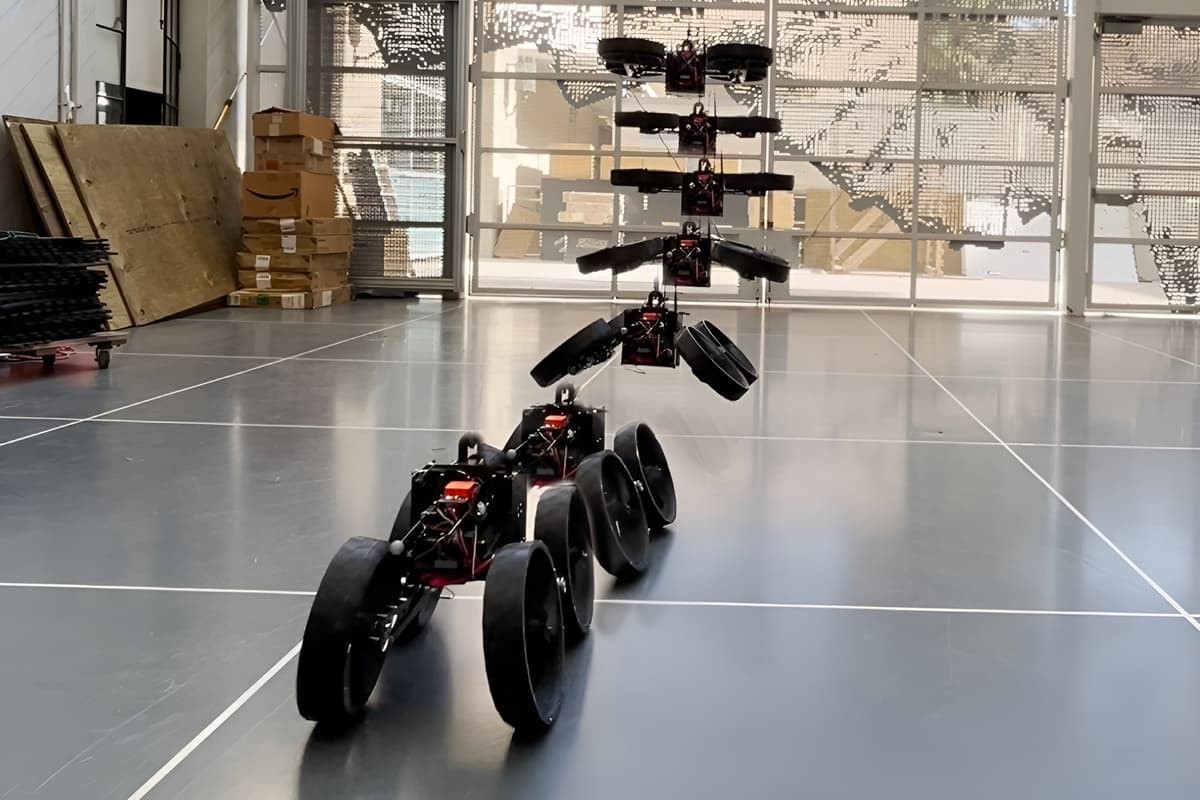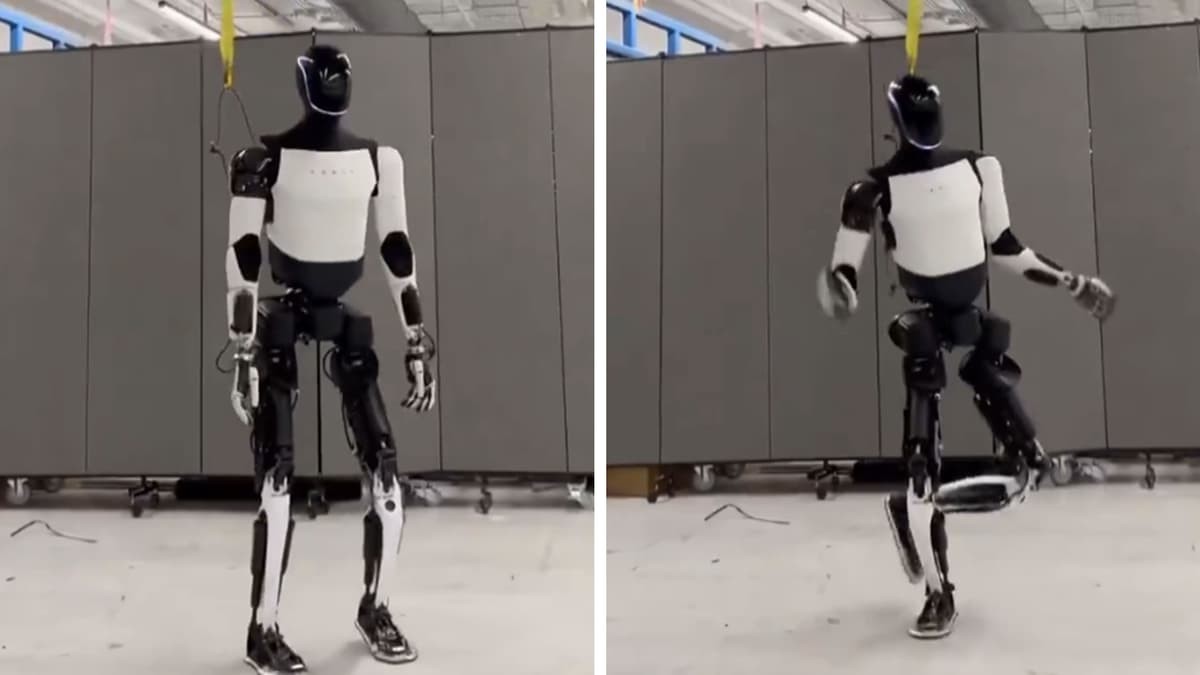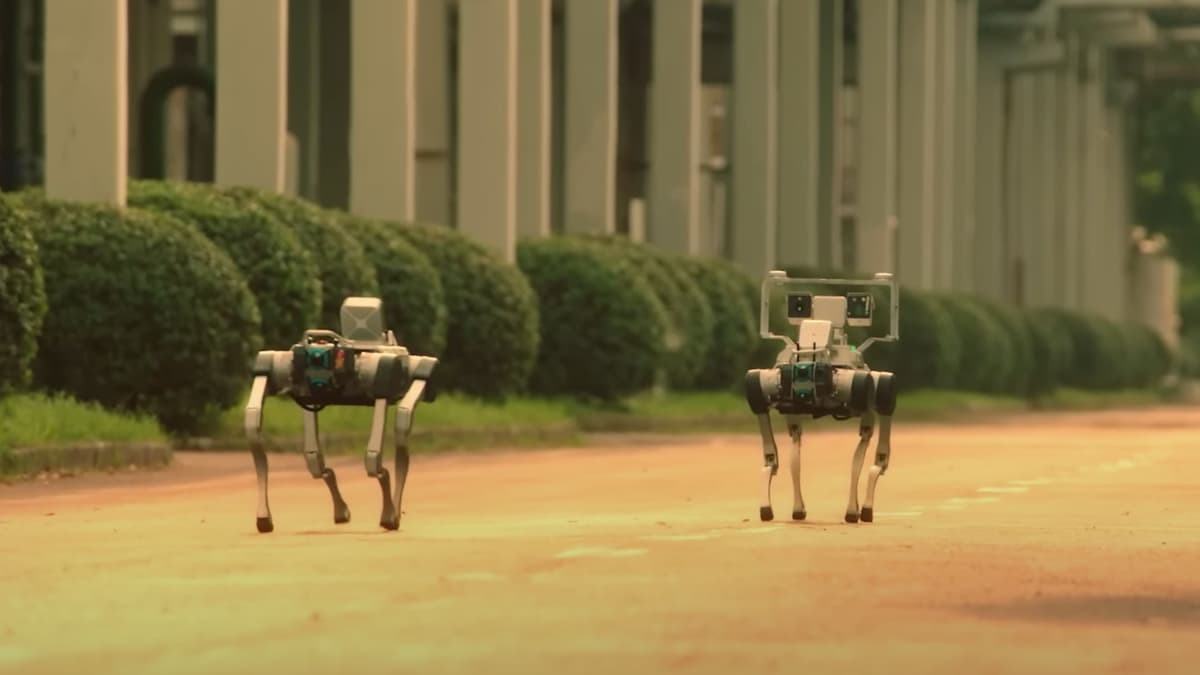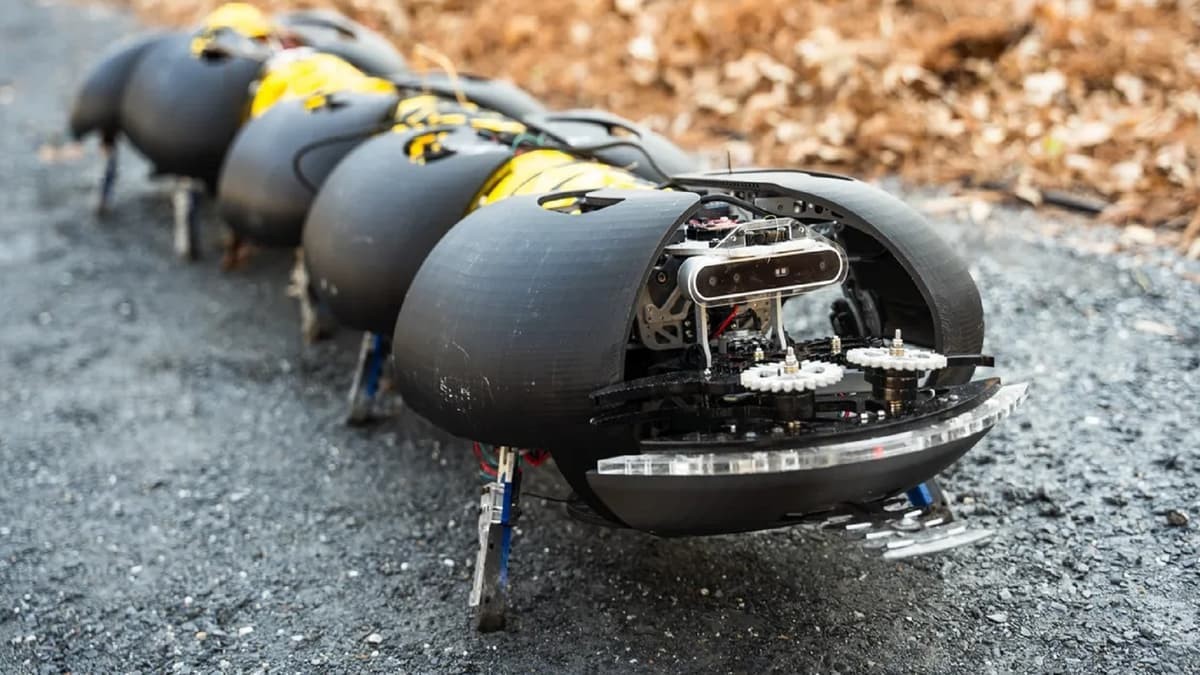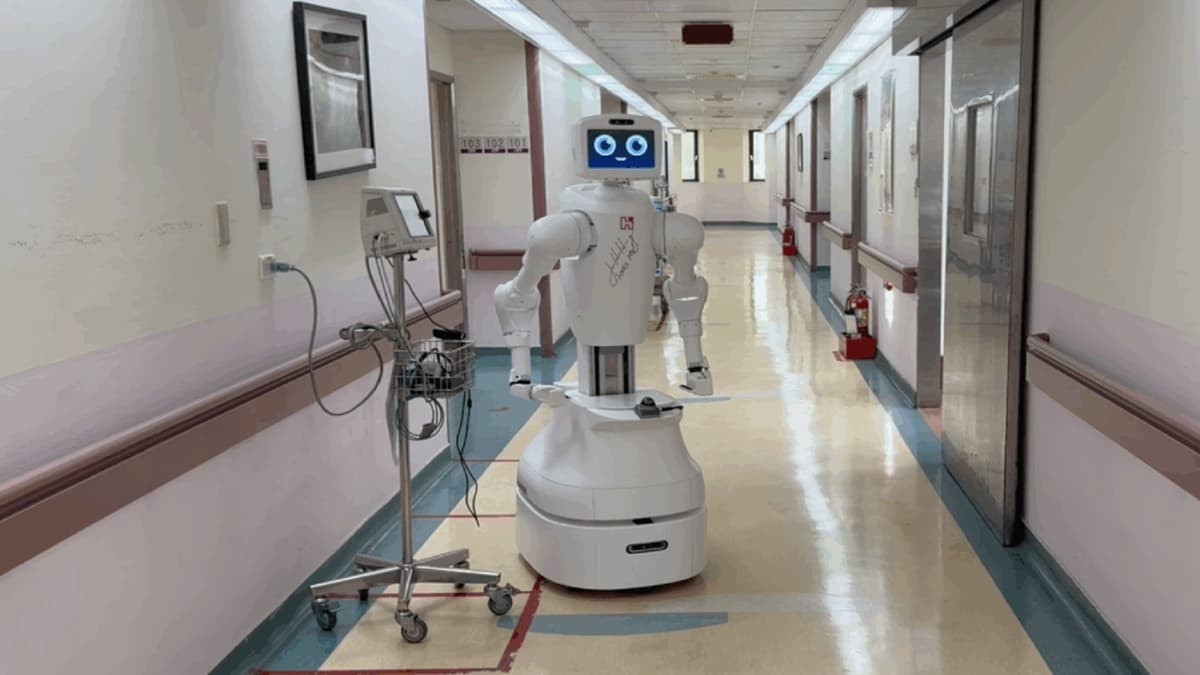Palm-Sized Bipedal Robot Zippy Runs, Climbs, And Takes on Rescue Missions
Tiny Bipedal Robot 'Zippy' Runs, Climbs, and Tackles Rescue Missions
Bipedal robots aren’t just human-sized machines with arms and legs anymore. At the forefront of robotics, they can now come in incredibly compact and powerful forms.
Introducing Zippy—a miniature, two-legged robot that’s pushing boundaries in speed and design while holding serious potential for real-world applications far beyond its toy-like appearance.
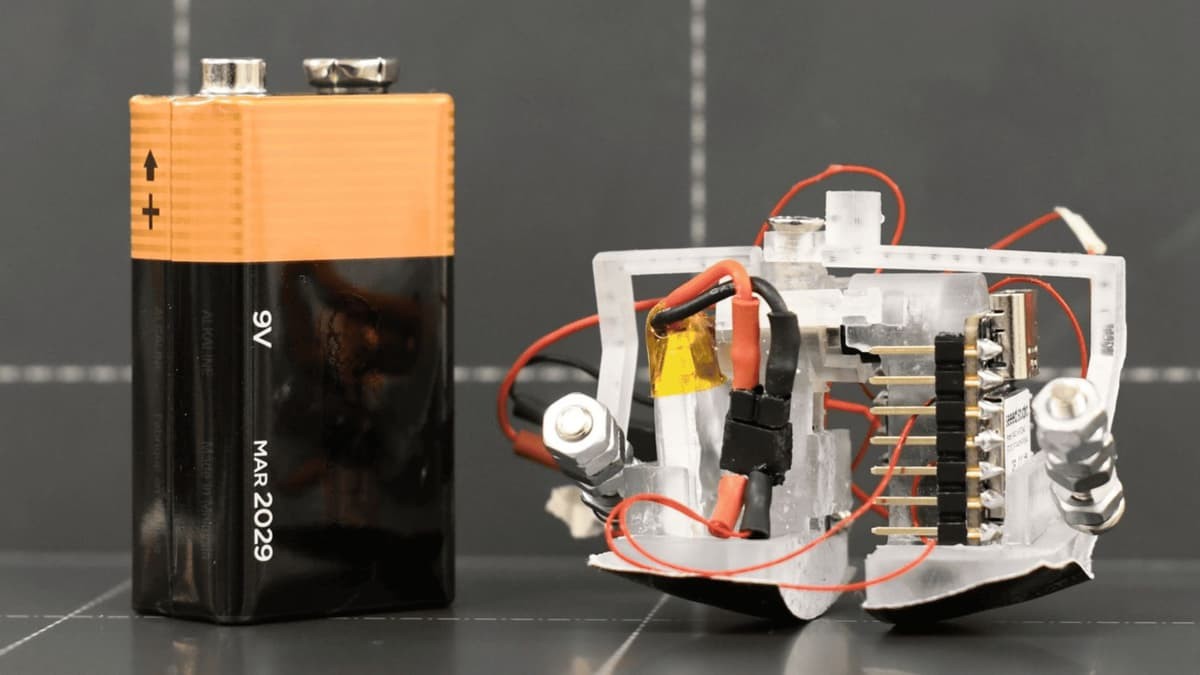
Figure 1. Zippy bidpeal robot (right) next to standard 9V battery.
Developed at Carnegie Mellon University’s College of Engineering as part of a project funded by the National Science Foundation, Zippy stands at just 1.5 inches tall—about the size of a LEGO figure. Figure 1 shows Zippy bidpeal robot (right) next to standard 9V battery.
Despite its tiny size, Zippy is a fully integrated robot, housing its battery, actuator, and control system in one self-contained unit. It can walk, climb, turn, skip, and even self-start from a standstill—making it a surprisingly agile machine.
Agile Design for Tight Spaces
Led by mechanical engineering professors Aaron Johnson and Sarah Bergbreiter, the Zippy project explores new possibilities for small-scale locomotion.
“In a human-sized world, bipedal robots can navigate rough terrain and avoid obstacles more easily than wheeled machines,” said Johnson. “We’ve focused on removing complexity from walking mechanisms to make simpler, two-legged robots like Zippy viable.”
Unlike larger humanoid robots built for urban navigation or assistance, Zippy shines in tight, restricted spaces where most machines can’t go.
“They can access confined areas that are unreachable by people or conventional robots,” said Steven Man, a lead researcher. “Zippy could be used in emergency rescue, industrial inspection, or even scientific exploration of narrow geological sites.”
Blazing Fast for Its Size
Zippy’s most impressive stat is its speed: it can walk at 10 times its leg length per second—comparable to a human walking at 19 miles per hour.
“Thanks to its size and mechanical efficiency, Zippy achieves a walking speed unmatched by any other autonomous bipedal robot when measured by leg length,” said Bergbreiter.
Rather than relying on traditional servo motors, Zippy’s clever mechanics allow it to move by shifting its weight and using a curved foot and a mechanical stop to swing its rear leg forward—a minimalist but highly effective approach.
Evolved From Simpler Bots
Zippy builds on earlier research from the same lab, including a previous design known as “Mugatu,” a steerable biped with a single actuator. Undergraduate students Soma Narita and Josef Macera played key roles in developing Zippy from those earlier concepts.
The Future of Tiny Bipedal Robots
The team behind Zippy is already working on the next steps: adding sensors like cameras for autonomous navigation. In the future, swarms of Zippy-like robots could be deployed for search-and-rescue missions or hazardous inspections, each working collaboratively in dangerous or hard-to-reach environments.
Reference
- https://interestingengineering.com/innovation/battery-sized-bipedal-robot-zippy-runs-climbs-and-tackles-rescue-missions
Cite this article:
Keerthana S (2025), Palm-Sized Bipedal Robot Zippy Runs, Climbs, And Takes on Rescue Missions, AnaTechMaz, pp.189






